
- Home
- IPL 2025
- The Great Language Divide
- News
- Premium
- THE FEDERAL SPECIAL
- Analysis
- States
- Perspective
- Videos
- Education
- Entertainment
- Elections
- Features
- Health
- Business
- Series
- Bishnoi's Men
- NEET TANGLE
- Economy Series
- Earth Day
- Kashmir’s Frozen Turbulence
- India@75
- The legend of Ramjanmabhoomi
- Liberalisation@30
- How to tame a dragon
- Celebrating biodiversity
- Farm Matters
- 50 days of solitude
- Bringing Migrants Home
- Budget 2020
- Jharkhand Votes
- The Federal Investigates
- The Federal Impact
- Vanishing Sand
- Gandhi @ 150
- Andhra Today
- Field report
- Operation Gulmarg
- Pandemic @1 Mn in India
- The Federal Year-End
- The Zero Year
- Science
- Brand studio
- Newsletter
- Elections 2024
- Home
- Delimitation Debate
- IPL 2025
- NewsNews
- Analysis
- StatesStates
- PerspectivePerspective
- VideosVideos
- Education
- Entertainment
- ElectionsElections
- Features
- Health
- BusinessBusiness
- Premium
- Loading...
Premium
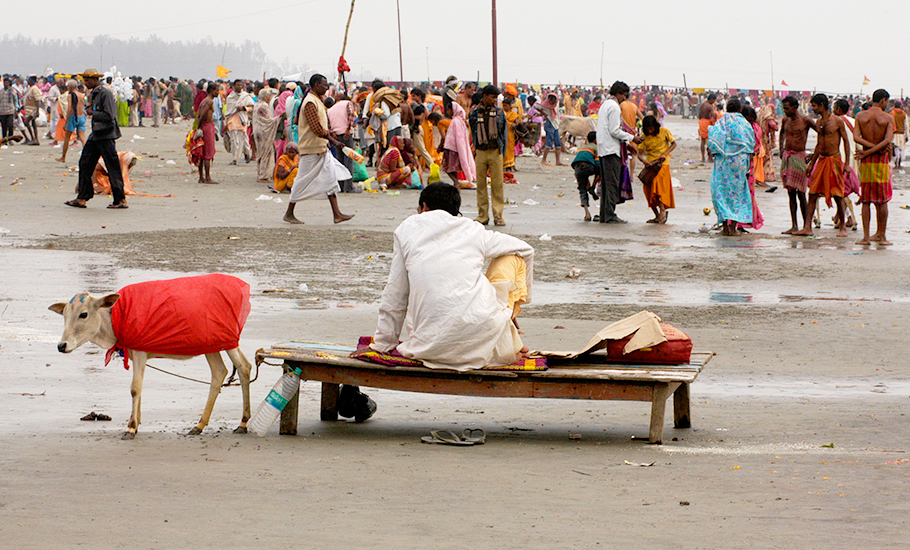
In photos: Why Gangasagar Mela is teeming with people wanting to tag along the cow’s tail

The last of the four goals — after dharma, kama, artha — set for mankind in Hindu religious philosophy is moksha. So, after one has followed the path of righteousness, fulfilled desires and earned wealth, the perilous cycle of life, death and rebirth, comes to an end with moksha, which loosely translates to salvation in English. The road to attaining the ‘end goal’ — as defined...
The last of the four goals — after dharma, kama, artha — set for mankind in Hindu religious philosophy is moksha. So, after one has followed the path of righteousness, fulfilled desires and earned wealth, the perilous cycle of life, death and rebirth, comes to an end with moksha, which loosely translates to salvation in English.
The road to attaining the ‘end goal’ — as defined in Hinduism — is arduous and demanding. In fact, there is not one, but four roads (yogas) that can take one to moksha, after which there is nothing to be desired or attained.
Having performed dharma, enjoyed kama and accumulated artha, Hinduism says, must start the journey towards detachment from materialistic pursuit and attainment of the supreme realisation that an individual soul is one with the Brahman (Aham Brahmasmi or I am Brahman), the source of our phenomenal existence in the universe.
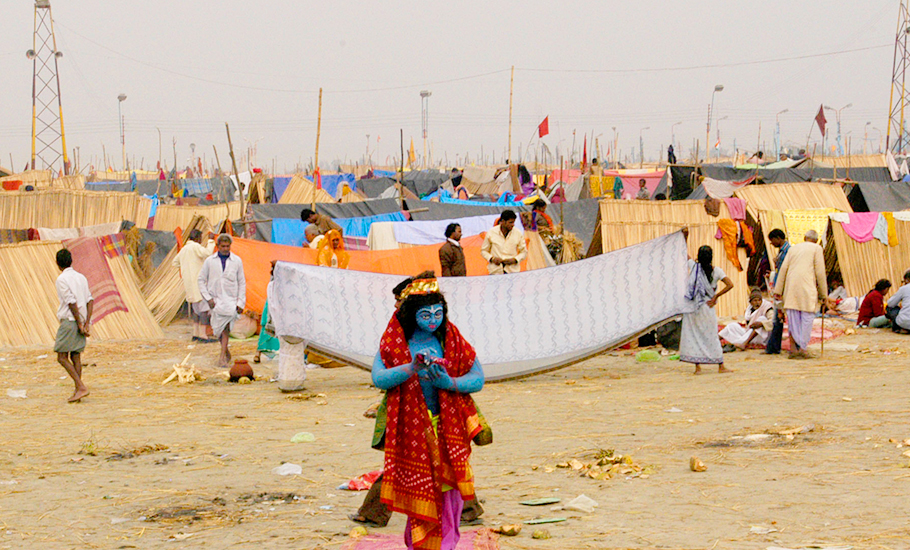
If the process appears too complicated and the road too long, there is no need to be dispirited — there is an easy way out.
Millions of devotees during this time of the year throng Sagar Island, the largest inhabited estuarine island of Sundarban, some 100 km south of Kolkata, desperately trying to try the shortcut.
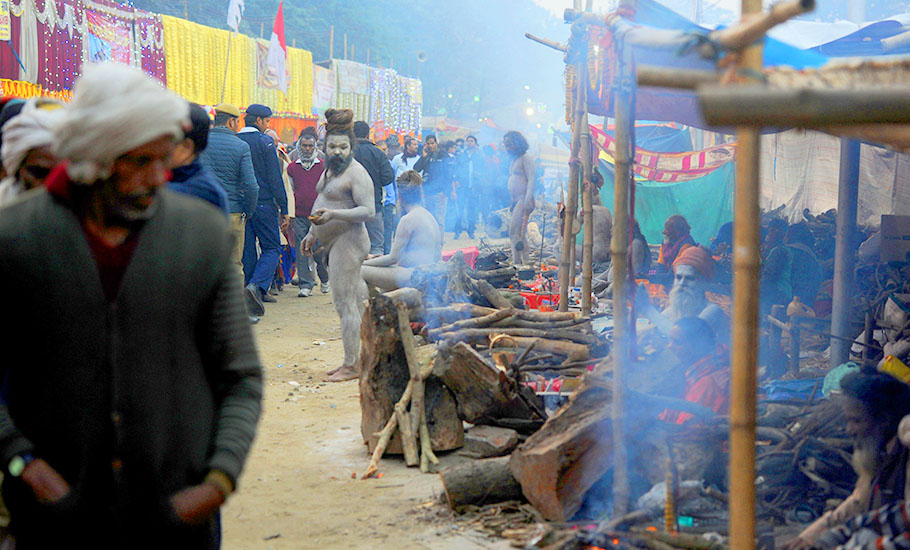
This spiritual quest at the confluence of river Ganga and Bay of Bengal makes the pilgrimage, known as Gangasagar Mela, the second-largest congregation of pilgrims in India after the quadrennial Kumbh Mela.
“In the absence of Kumbh Mela this year, the footfall in this annual cultural and religious assembly, which commenced on January 8, could be as high as seven to eight million,” anticipates Sumit Gupta, district magistrate of South 24 Parganas, in which the 224.3 square kilometres island is located.
Even amid the Covid-19-induced restrictions, an estimated 15.5 lakh pilgrims visited the Gangasagar Mela in 2021.
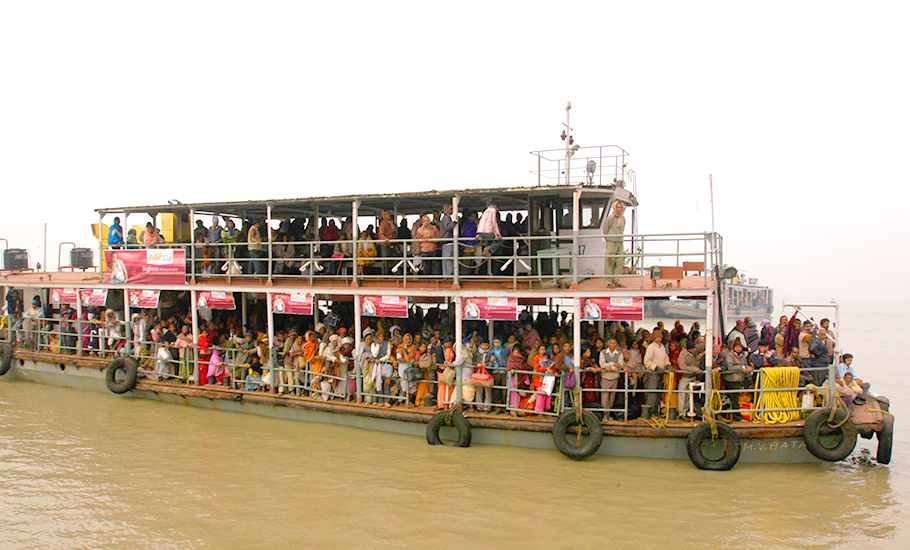
The event reaches its climax on the day of Makar Sankranti when devotees take a holy dip at the confluence to wash away all their sorrows and sins that stand in the way of attaining moksha.
This year though there is slight confusion over the exact date of Makar Sankranti, the astronomical event of the Sun entering Capricorn.
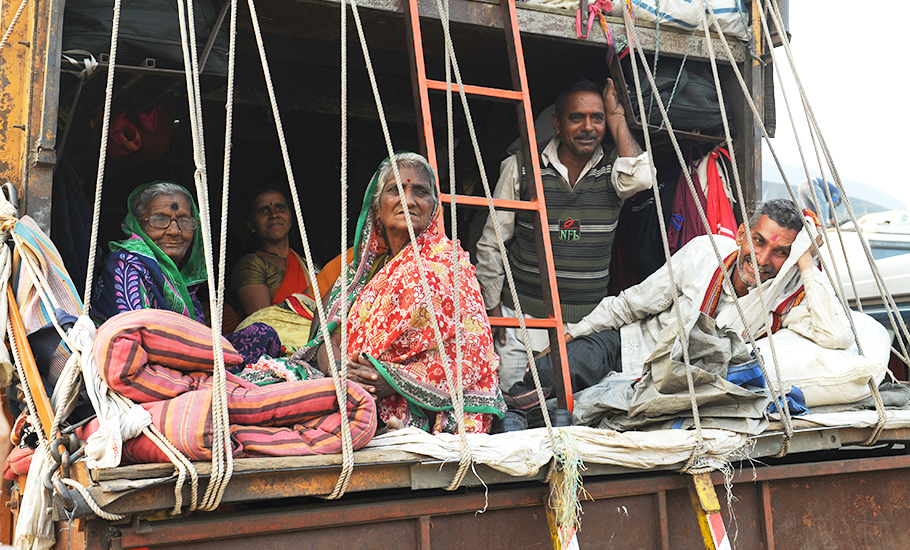
The transition, according to some astrologers, will take place on January 14 and thus Makar Sankranti will be observed on Saturday. But according to the Drik Panchang Hindu Calendar, Makar Sankranti this year is on January 15.
The celestial confusion, however, should not be much of a concern for the moksha-seeking pilgrims at the Gangasagar Mela as the event will continue till January 15.
The tale of cow’s tail
The event is a once in a lifetime spectacle. At the break of dawn on the auspicious day, shivering multitudes, braving wintry sea-breeze, take the holy dip, entering India’s very own desi version of the ice-water challenge.
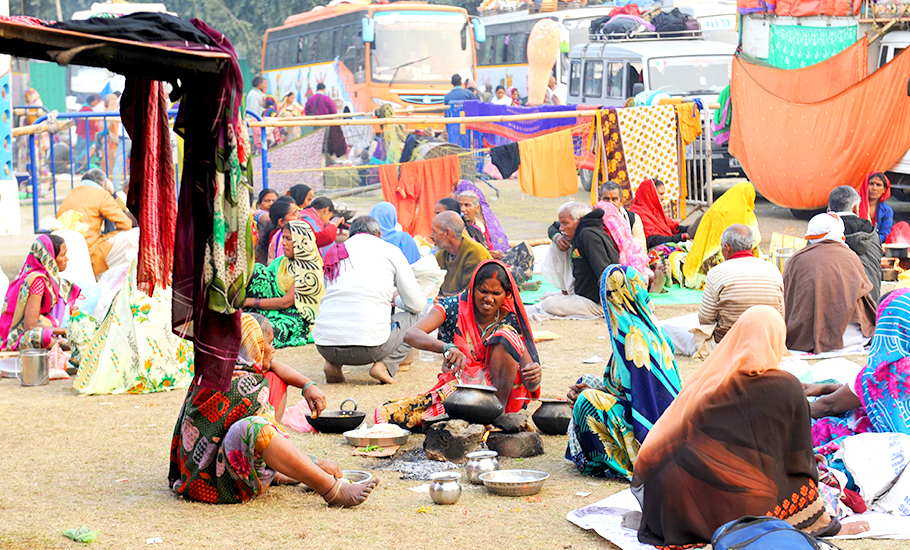
If the icy water appears too daunting, then there is also a way to get instant moksha. Many priests in the mela promise the much-cherished salvation, albeit at a cost.
One just needs to hold the tail of a cow the priest brings to cross a narrow strip of water. The puddle symbolises the mythical river, Vaitarani, which a Hindu needs to cross, as per Garuda Purana, to reach heaven to attain the transcendence.
According to the Purana, the tail of a strong cow helps the soul cross the dreaded river with ease. This explains the importance of gau daan in Hindu religion.
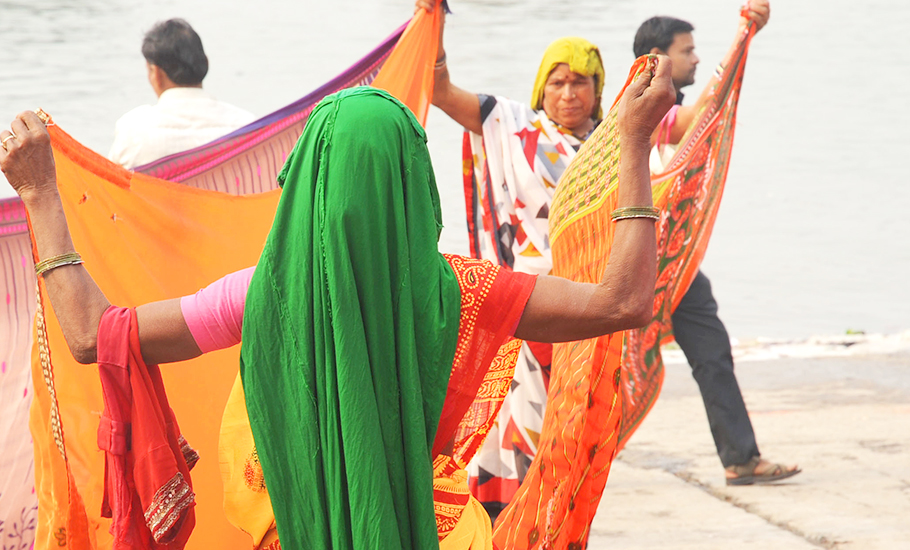
It is not clear how the ritual got associated with the Gangasagar Mela, but it speaks volumes about man’s eternal longing for transcendent forms.
This search for the unknown reality amidst the common realm of everyday life gives the atmosphere in the mela a mix of mysticism and mundane.
The presence of hundreds of ash-smeared reclusive sadhus amidst ordinary devotees is just one aspect of the contrast, the interplay of sacred and profane.
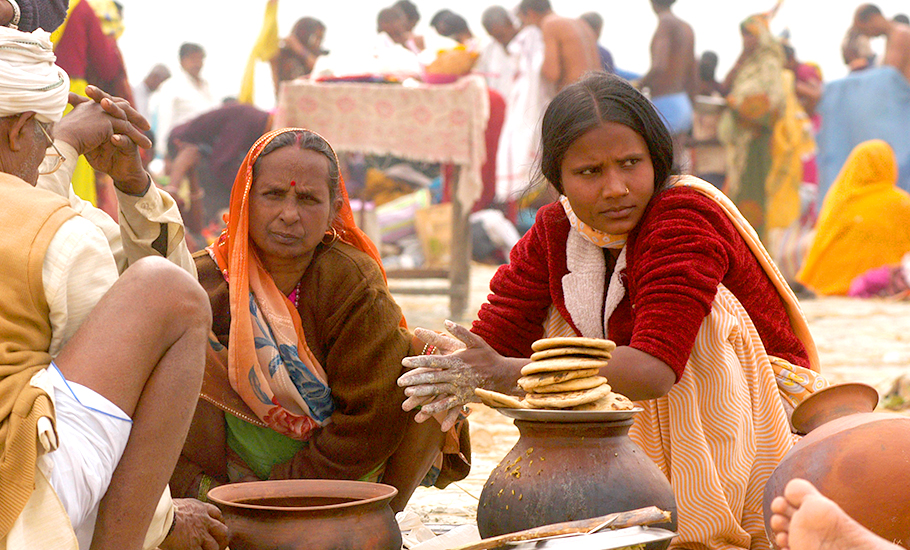
The cacophony emerging from the collective struggle of the sea of devotees fighting the chill and sounds of chants coming from the nearby Kapil Muni Temple compete for attention with devotional songs and hymns played on loudspeaker and tea sellers drawing the attention of bathers to the piping hot brew they have prepared.
Throughout the millennia, Hindus have been experiencing the spiritual journey.
Dipped in faith
There is a mythical context to this plunge of faith. According to Hindu mythology, in a bid to deny King Sagar the benefits of an Ashwamedha Yajna, Indra, the King of Gods, hid the sacrificial horse near the ashram of sage Kapil.
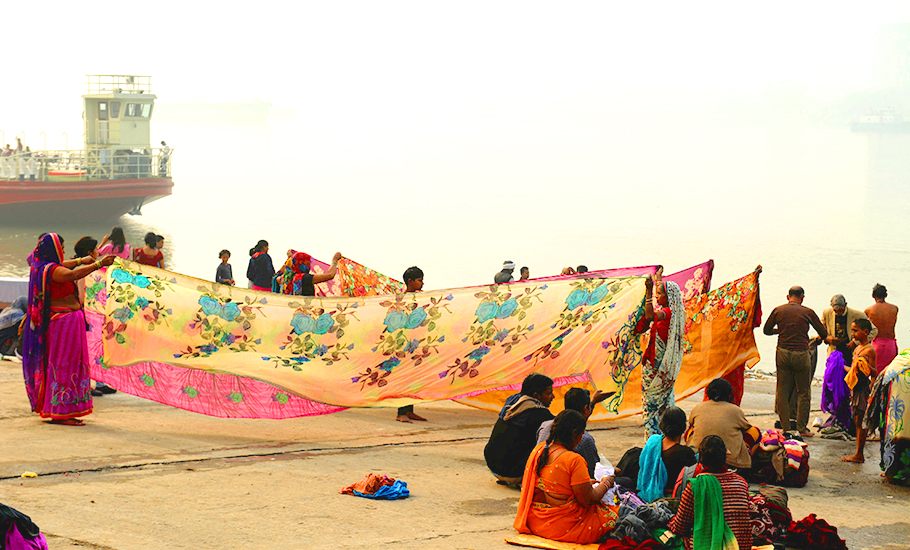
When the king’s search party comprising his 60,000 sons found the horse near the ashram, they mistook the sage as a thief. They abused him, enraging the sage whose wrath turned them into ashes.
Many years later, Bhagirath, the great grandson of king Sagar, came to the saint and pleaded to him to release souls of his forefathers from hell.
Legend has it that on the sage’s direction, Bhagirath prayed to lord Shiva to release river Ganga from heaven to earth. The souls attained moksha with the touch of the holy water of the Ganga.
The mention of the living tradition is found in Mahabharata. It is believed that the first Kapil Muni Temple was built on the island around 430 AD and Swami Ramanand installed the current idol in 1437, marking the beginning of the Gangasagar pilgrimage that continues to this day.
The temple built by Swami Ramanand, however, was washed away by the sea long ago. The temple that now stands in the place was built in 1973.
Challenges of making the grand fair grander
The West Bengal government is now trying to get UNESCO’s intangible heritage tag for the century-old event. A committee headed by the district magistrate has already started the work to prepare a dossier of the fair to be presented to the UN body by next year.
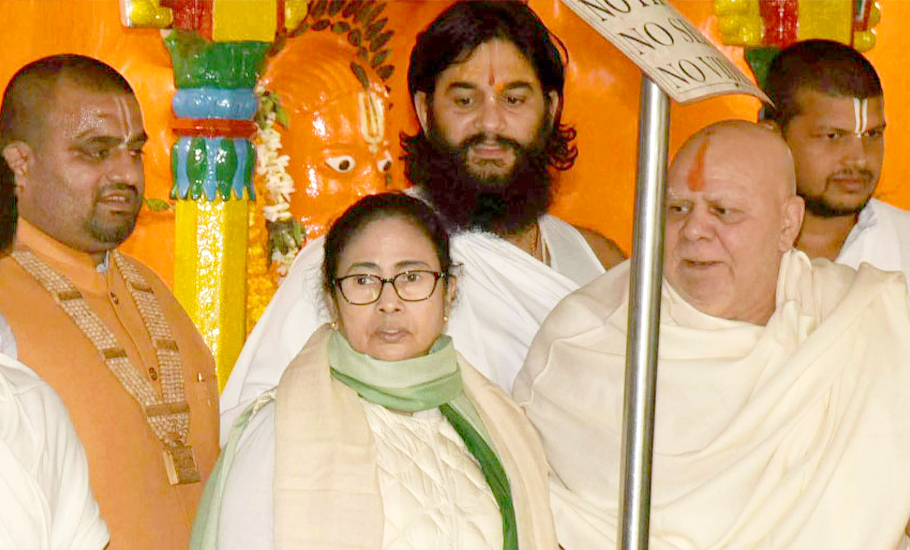
Kolkata’s Durga Puja festival got the coveted tag in 2021, enhancing its tourist attraction.
Chief Minister Mamata Banerjee also demanded that the event be accorded national status. “We have written to the Centre to declare the Gangasagar Mela as a national fair,” she said during her visit to the island to see the preparations for the annual event last week.
To make the transcendental journey more comfortable and earthly, she also requested the Centre to build a bridge over Muri Ganga to make the island more accessible. The bridge project will need Rs 10,000 crore.
This apart, the state government will urgently need central assistance to protect the pilgrimage center from the sea, which is advancing by around 15-20 metres every year towards the island.
Locals say the Kapil Muni Temple was around 2km from the seashore till the early 2000s and now it was only 400 meters away.
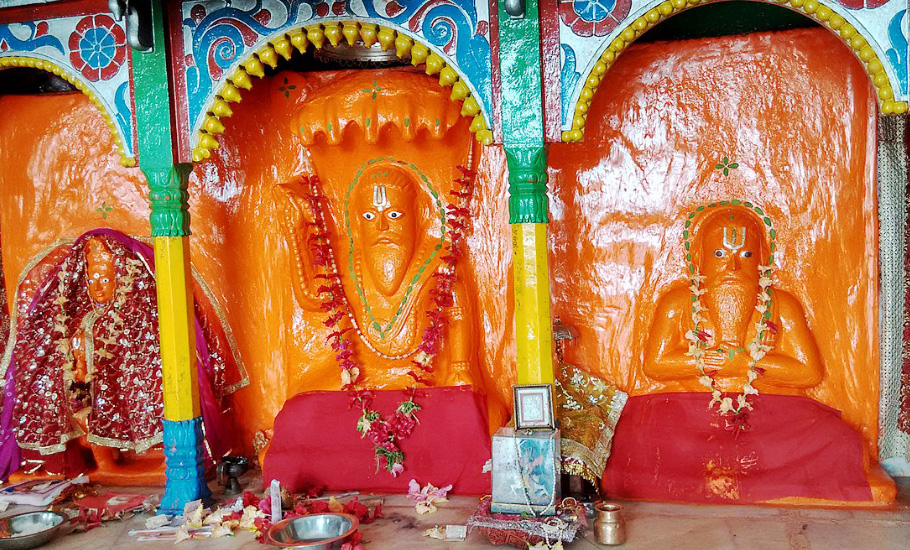
The erosion is taking place, state government officials say, due to the reduction in the volume of water in an estuary between mean high tide and mean low tide and other natural conditions such as cyclones.
“The state government has taken up a pilot project to rebuild the breached beach, including the 300-metre stretch where the annual congregation for the Gangasagar Mela takes place,” said Sunderban affairs minister Bankim Hazra.
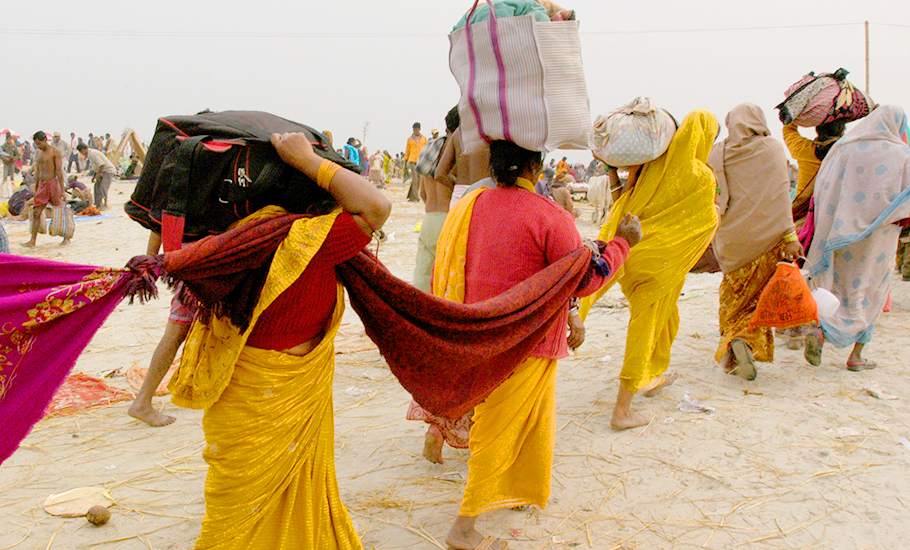
He said the state government is also pursuing the matter with the Centre to ensure implementation of the Sunderban master plan for the preservation and sustainable development of the entire delta, including the Sagar Island.
In the vulnerable areas of the island, colourful flags have been put up to alert the visitors against crossing the line.
Sadly, this line is real and not mythical.
